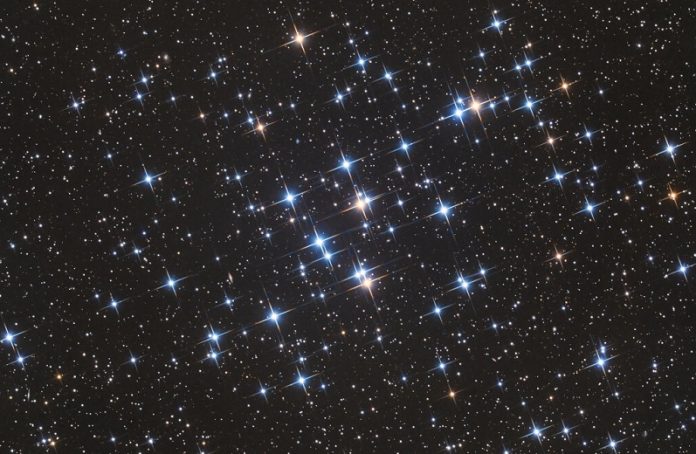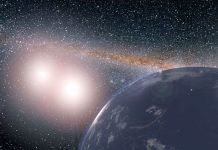
Stars are more than just pretty points of light in the night sky.
They’re incredibly complex, magnetic, and full of surprises, as a team of astronomers from The Ohio State University just found out.
These scientists discovered that some stars, especially those smaller than our Sun, have surprisingly powerful magnetic fields.
This discovery might completely change our understanding of how stars grow and evolve.
You might think of stars like massive, spinning magnets. Our Sun, for example, has a magnetic field that’s strongest in sunspot regions.
These spots can create space weather phenomena, like solar flares or the beautiful Northern Lights.
Until recently, scientists believed that smaller stars, called low-mass stars, didn’t have much magnetic activity. This lack of activity made them perfect candidates for hosting habitable planets.
But the new study, published in The Astrophysical Journal Letters, challenges this belief.
The research team suggests that an internal mechanism, which they named “core-envelope decoupling”, might boost the magnetic fields of these cooler, low-mass stars.
In simple terms, this means the star’s outer layer and core start off spinning at the same speed, but over time, their speeds drift apart. This process could cause the stars to emit intense radiation for billions of years and potentially affect the habitability of planets orbiting them.
The team made these discoveries using a technique they created to measure and understand starspots and magnetic fields.
Although low-mass stars are the most common in our galaxy and often have planets orbiting them, we still know surprisingly little about them.
The researchers studied data from 136 stars in M44, a star cluster also known as the Beehive cluster. They found that the magnetic fields of these smaller stars were much stronger than current models could explain.
This observation suggests that the way these stars rotate and their magnetism might be linked in a unique way, not seen in stars like our Sun.
According to lead researcher Lyra Cao, the enhanced magnetism of these stars could result in high-energy radiation bombarding their planets. This could affect the habitability of these planets, as intense radiation could make life as we know it more difficult.
But don’t worry, this doesn’t mean the search for alien life is over. In fact, understanding these new star dynamics could help scientists refine their search for habitable planets.
The researchers’ next step is to see if this magnetic enhancement is happening on a larger scale.
If they can learn more about what’s happening inside these stars, it could guide our knowledge of stars in a new and exciting direction.
Follow us on Twitter for more articles about this topic.



